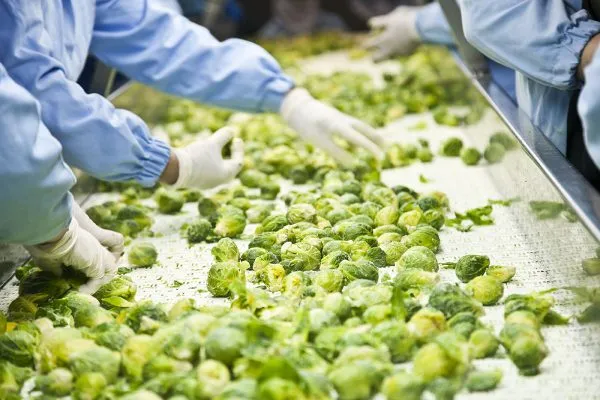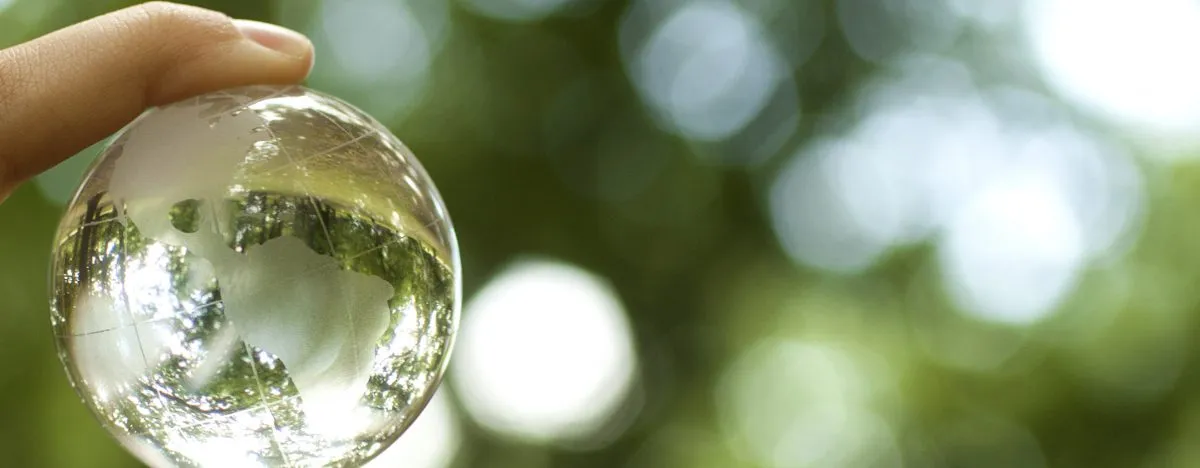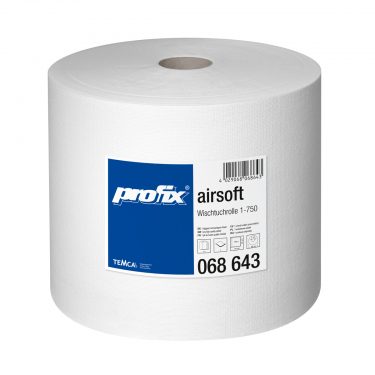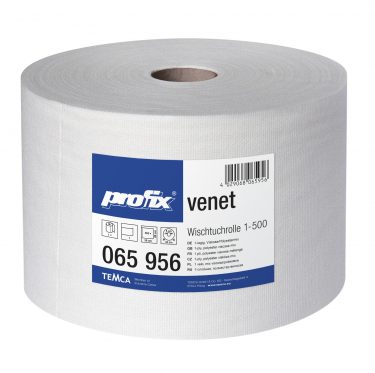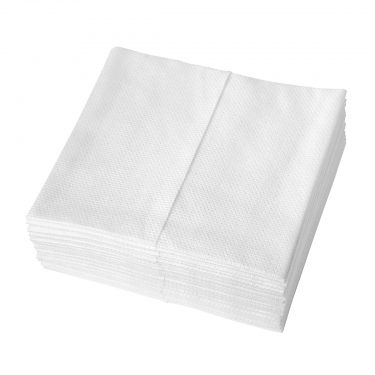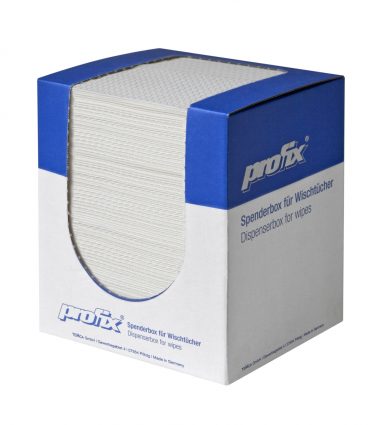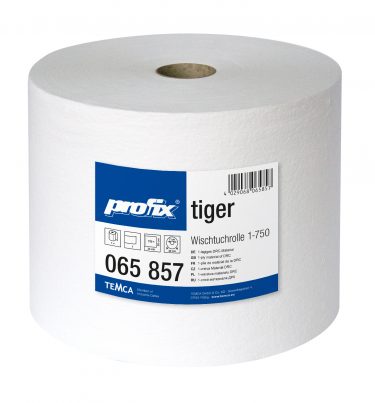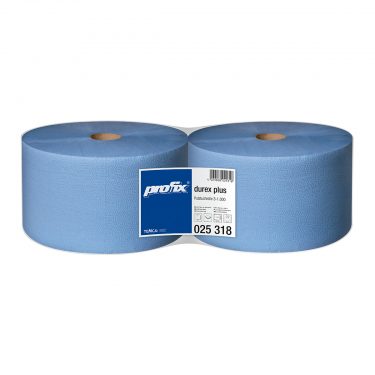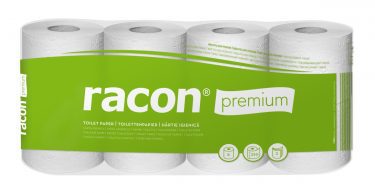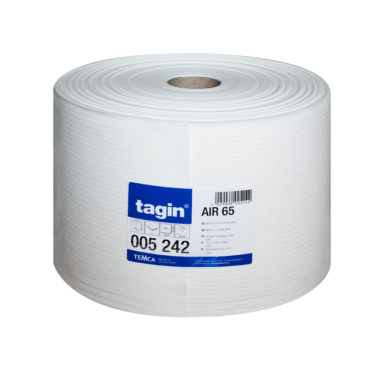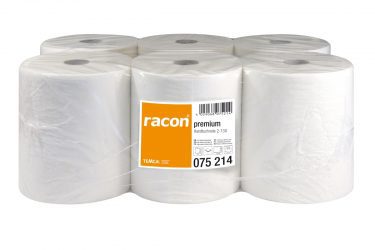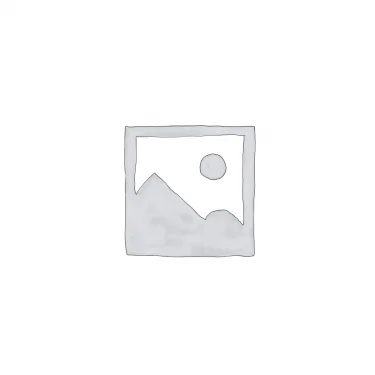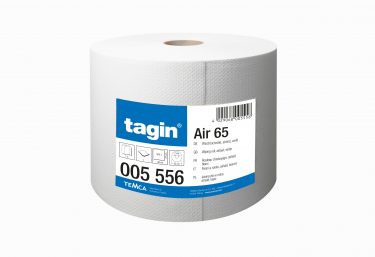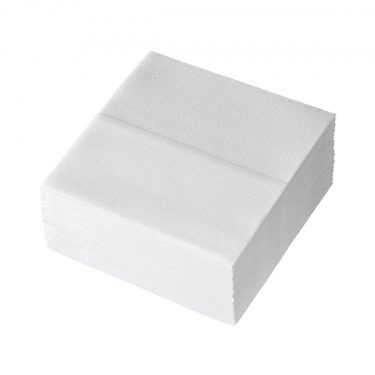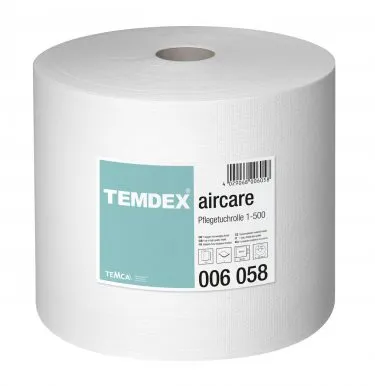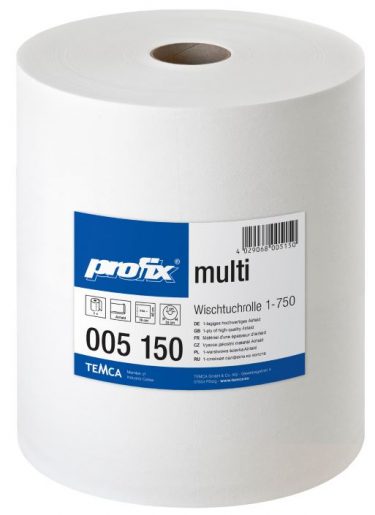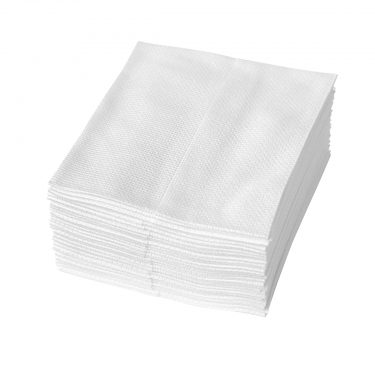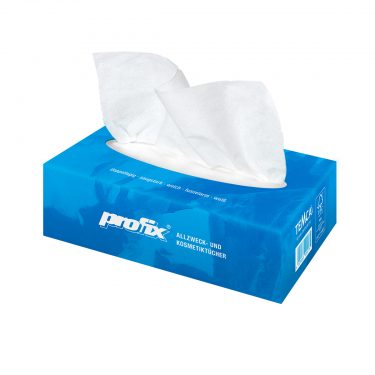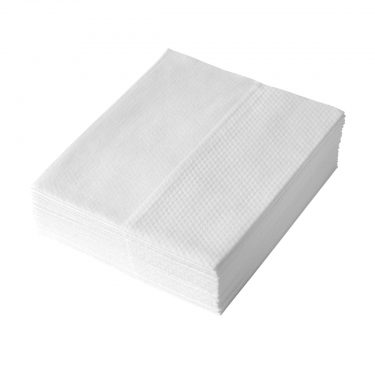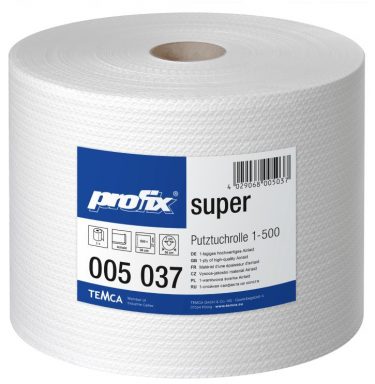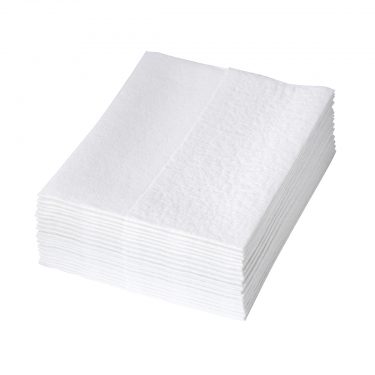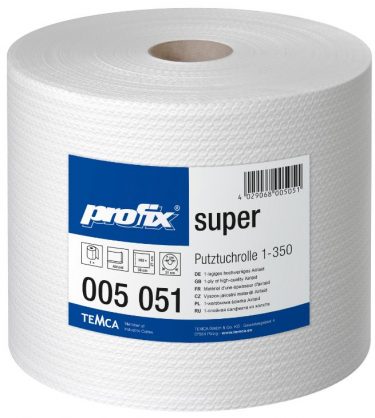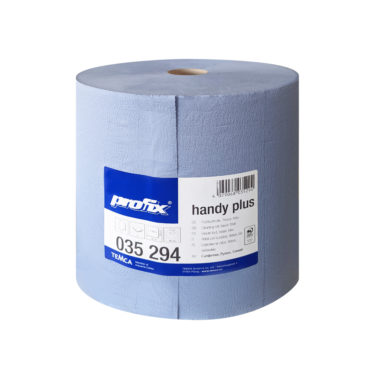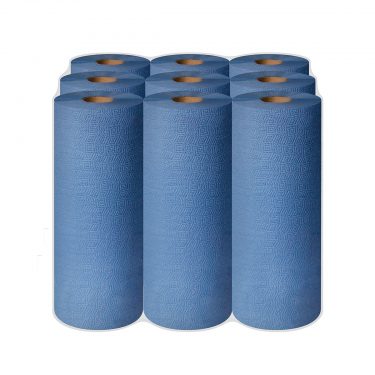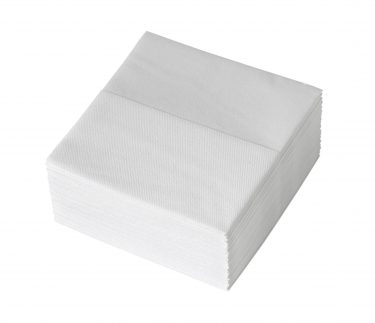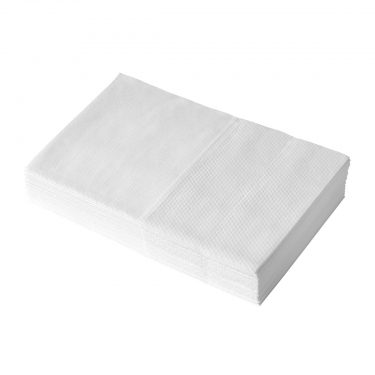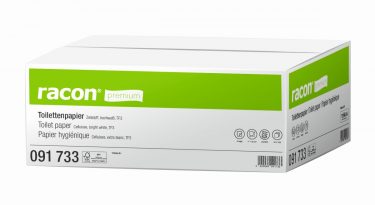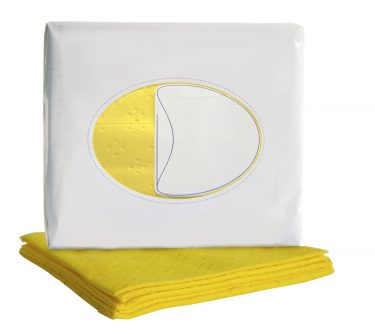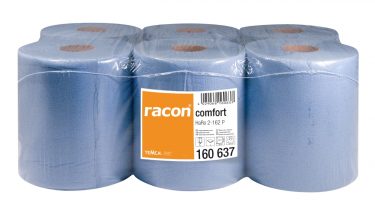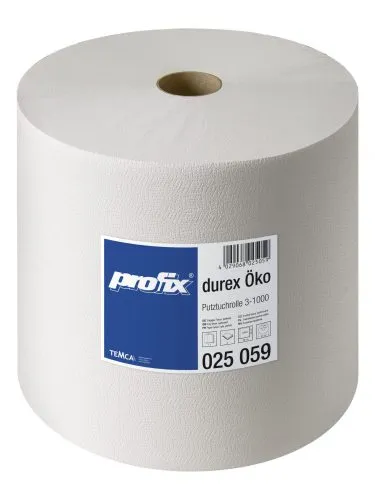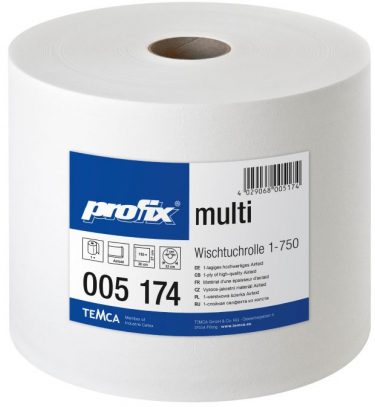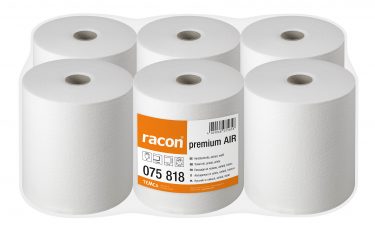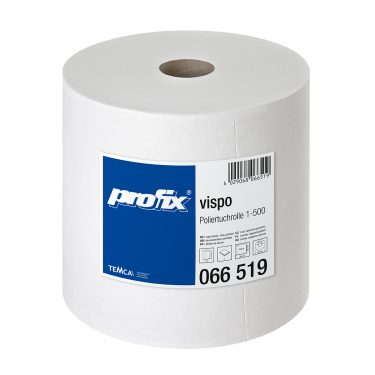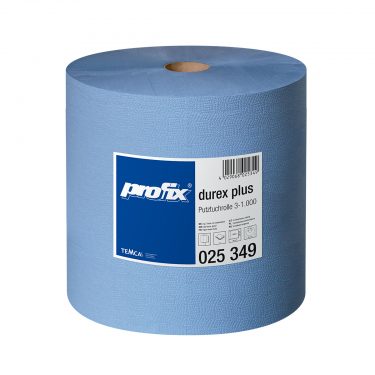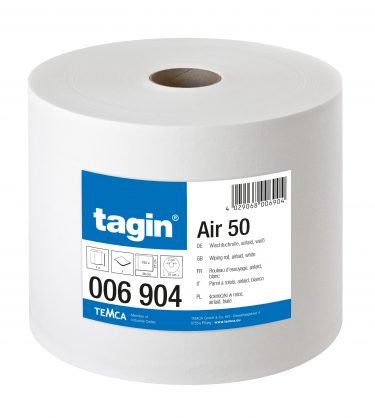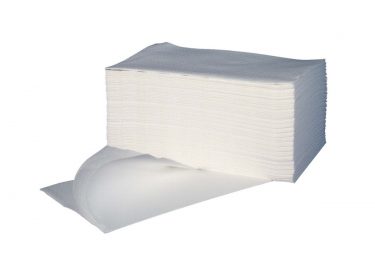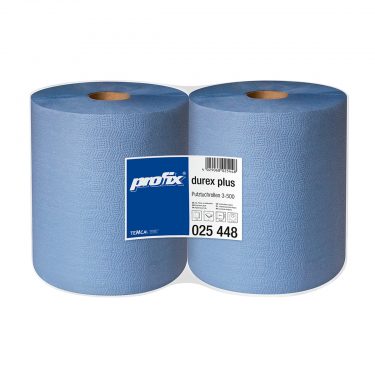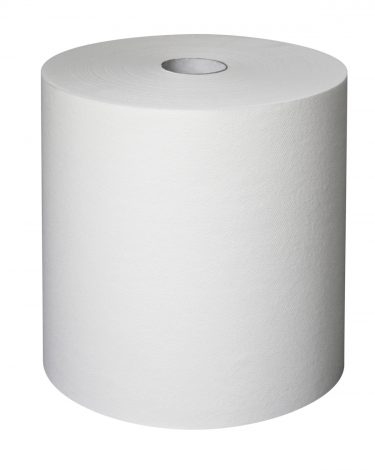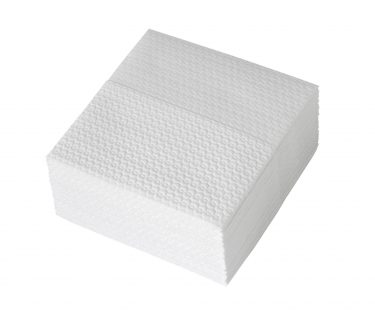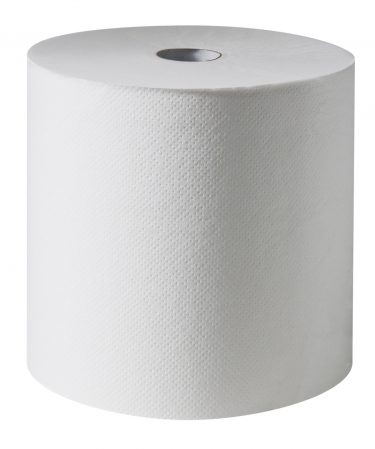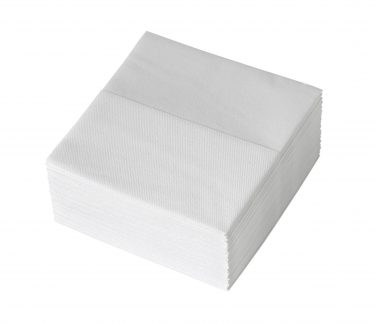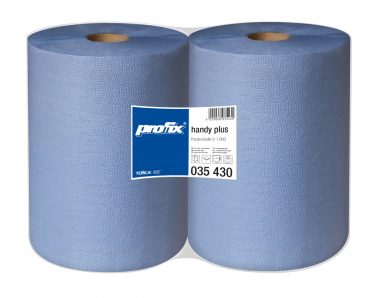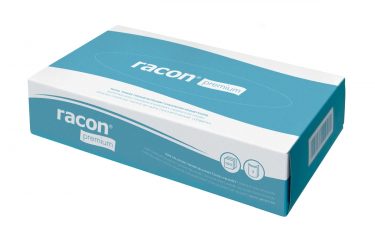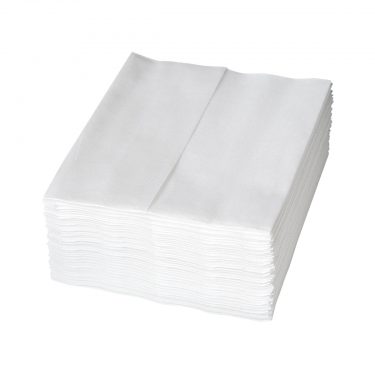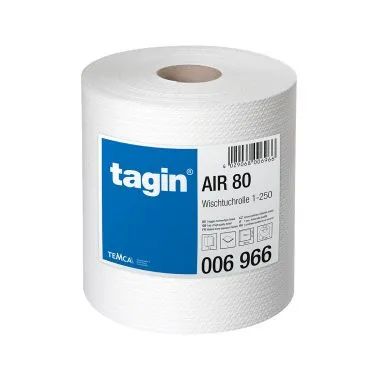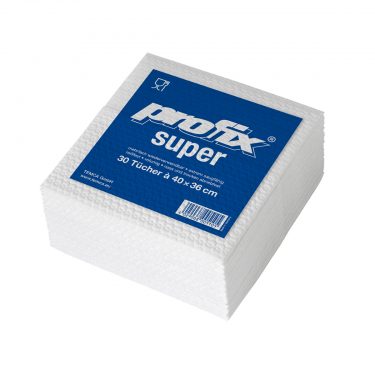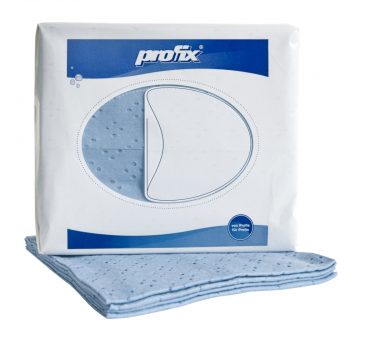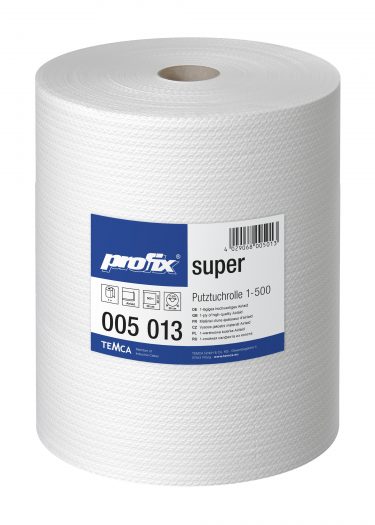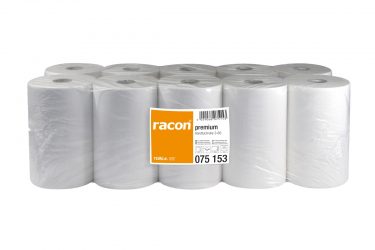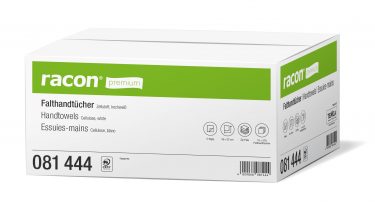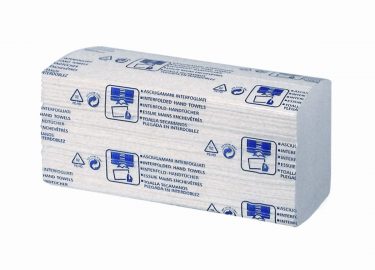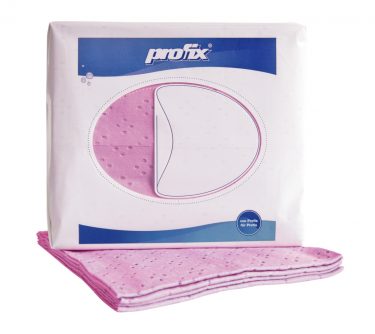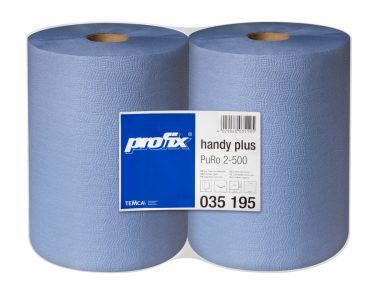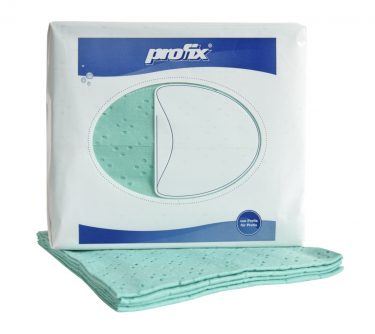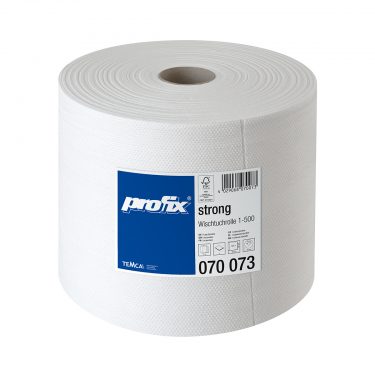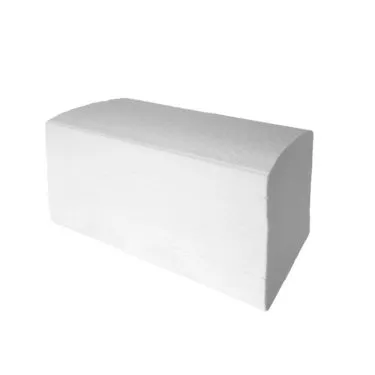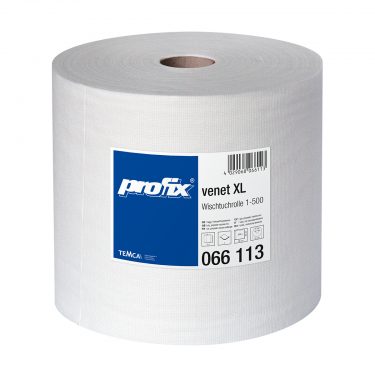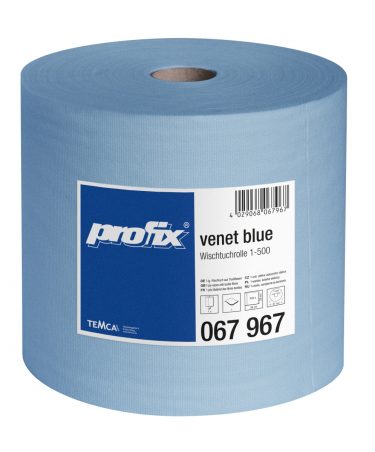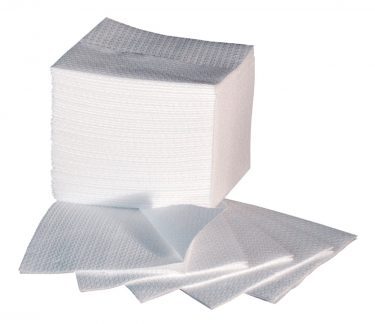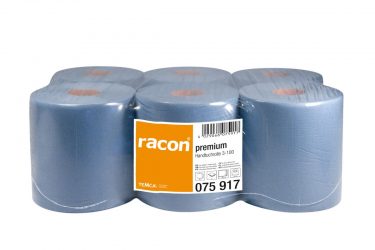Sustainability – an overview
The term sustainability is on everyone's lips today. It is commonly equated with an increased awareness of our environment and its resources. Avoiding packaging waste, foregoing flights or more conscious consumption in the interests of social justice are examples of striving for more sustainability in everyday life. But sustainable action means much more. Businesses and companies also have a responsibility here.
The term "sustainability" was coined in its current meaning in the report of the Brundtland Commission, which was commissioned by the United Nations (UN) in 1983 to develop perspectives for a long-term, environmentally sound development policy. The Commission's final report of 1987 defined development as sustainable "if it meets the needs of the present without compromising the ability of future generations to meet their own needs. Accordingly, the report states, the goals of economic and social development must be designed for sustainability. A just future for all Sustainability is therefore not just a question of environmental protection, but also of social justice and responsibility toward future generations. Accordingly, sustainable efforts must always be seen and advanced in the context of the three dimensions of environment, society and economy. As part of the 2030 Agenda, the UN has therefore defined 17 Sustainable Development Goals (SDGs) that identify specific areas for sustainable action. They range from the fight against poverty, the right to education, equal treatment and decent working and economic conditions to the protection of ecosystems, the oceans and the climate. Sustainability standards in the industrial hygiene sector In order to make their contribution to a secure future for the planet, more and more companies are committing themselves to act and operate in accordance with these goals to the best of their ability. In the industrial hygiene sector, too, efforts to promote sustainability have long been visible: wood for the manufacture of paper products comes from responsibly managed forests, plastics for hygiene dispensers are made from recycled materials, production facilities are operated with the aid of renewable energies, and waste products are in turn used to generate energy. Short transport routes through production that is as centralized and close to the customer as possible also contribute to the softest possible ecological footprint. Sustainability needs innovation Sustainability in industrial hygiene also thrives on innovative optimization and further development. For example, raw materials can be saved by reducing packaging materials and resources can be used more efficiently thanks to well thought-out refill systems. The issue of reusability in terms of waste reduction is also gaining in importance. More and more suppliers are therefore relying on a rental service in which textiles are hygienically cleaned, reprocessed and reused several times after use. The challenge of keeping disposable products in a closed recycling loop is also generating innovations, for example in the form of compostable products. Certificates and seals provide orientation To make the climate friendliness of hygiene products comprehensible to customers, a number of certificates and seals provide information on the origin of the raw materials used. They guarantee that specified standards have been met at all points along the supply chain. Eco-labels also certify properties such as the biodegradability of products after disposal. Sustainability reports issued by companies also provide insight into the social and environmental impact of their business activities, thus providing another helpful orientation tool for customers.




